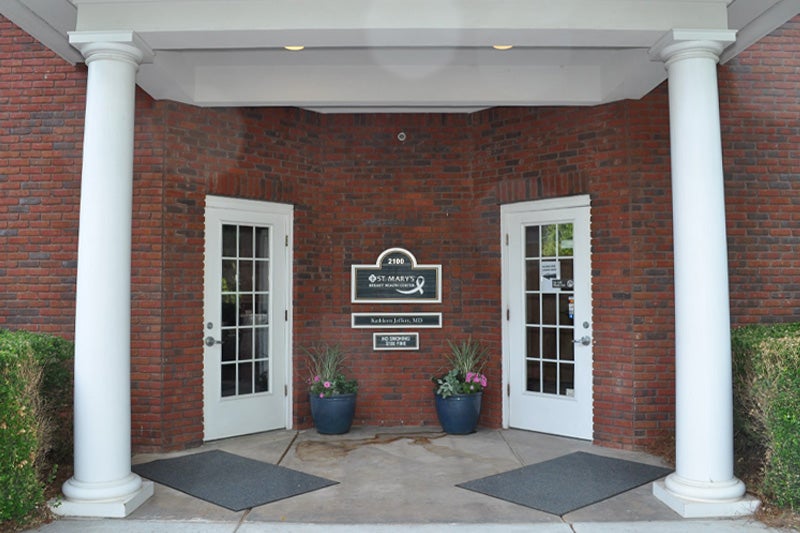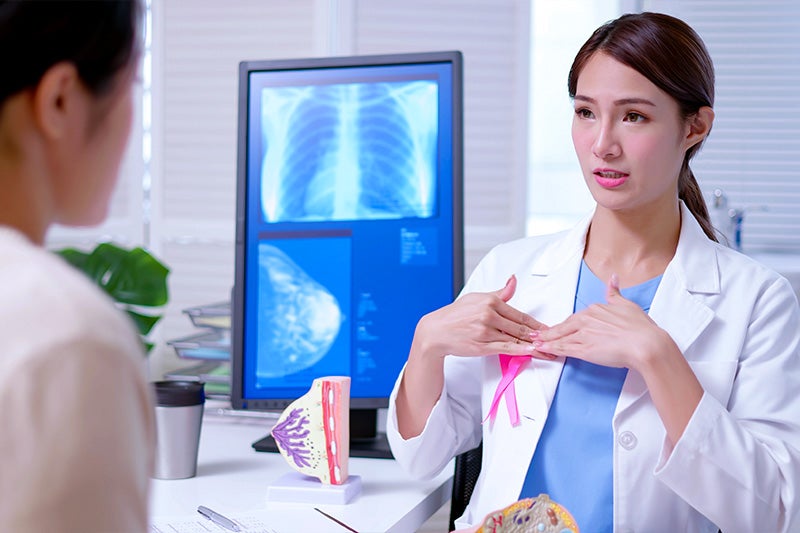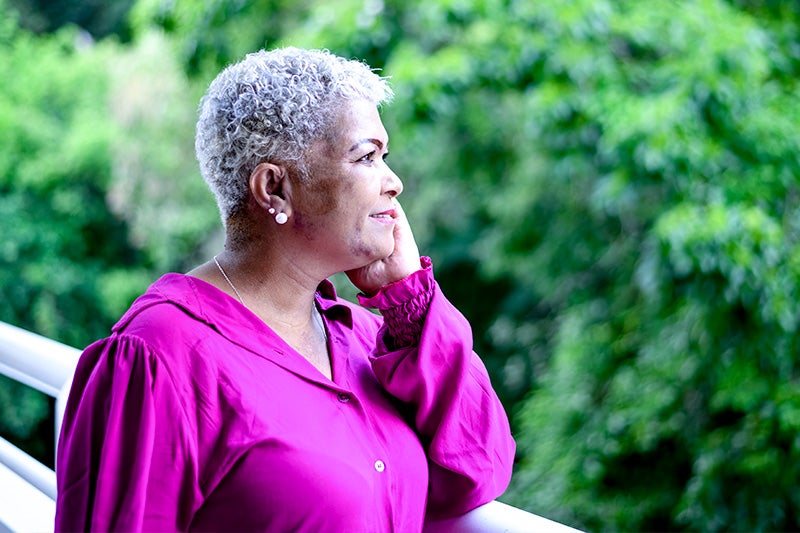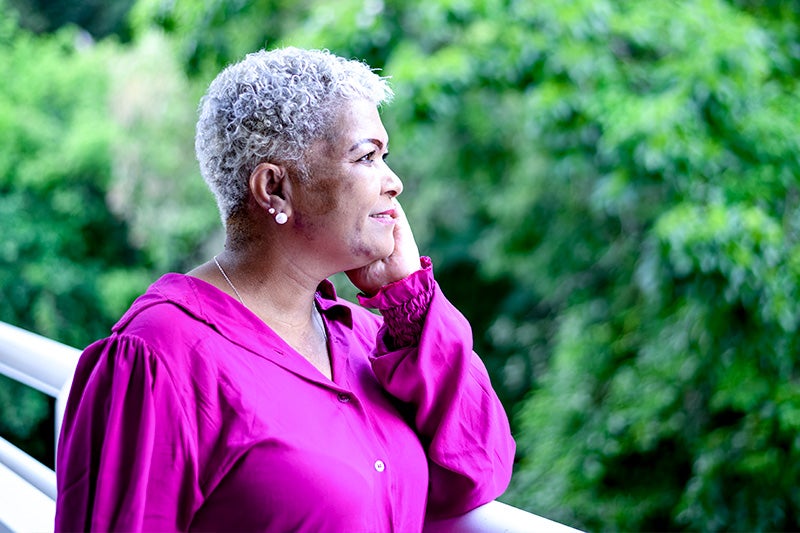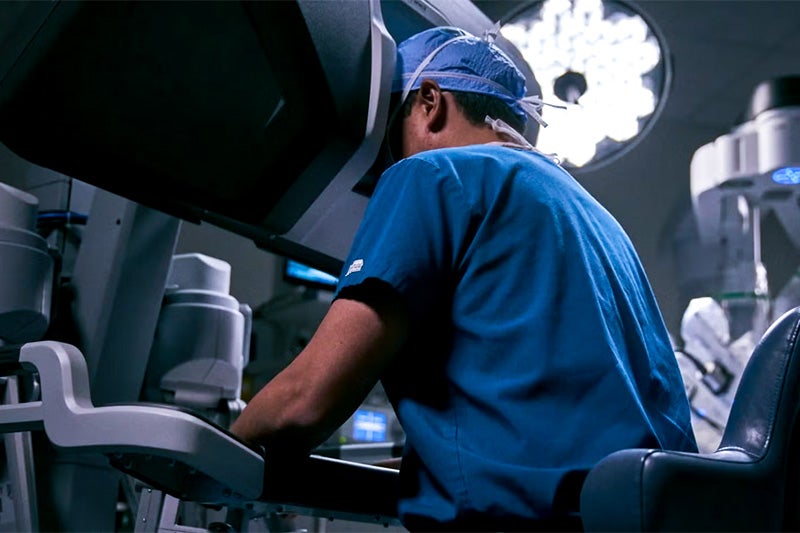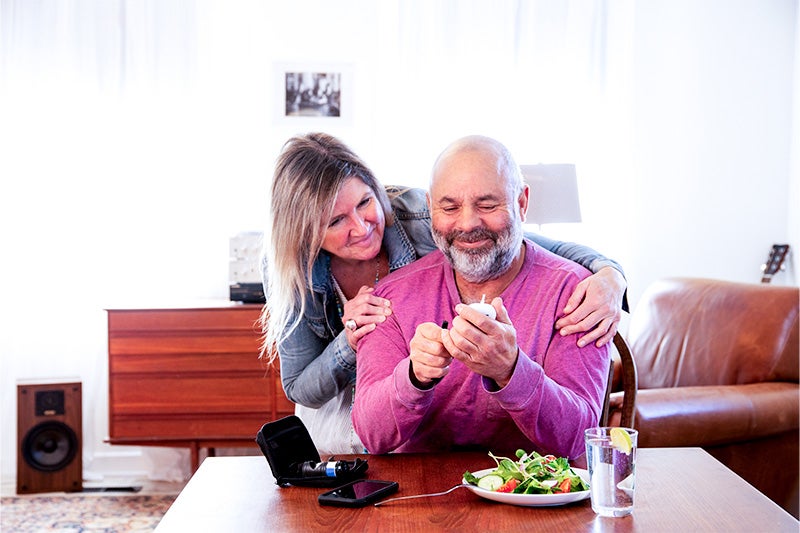Breast Cancer Awareness Month: Why Early Detection Saves Lives
October 10, 2025Every October, Breast Cancer Awareness Month reminds us of a powerful truth: early detection saves lives. Breast cancer is the most common cancer among women worldwide, but with regular screenings and self-care, it’s also one of the most treatable, especially when caught early.
At St. Mary’s, we’re committed to helping women and families stay proactive through education, routine screenings, and compassionate care. Here’s why early detection matters and how you can take steps to protect yourself and your loved ones.
Why Early Detection Matters
Detecting breast cancer at an early stage dramatically improves treatment outcomes. According to the American Cancer Society:
- The 5-year survival rate is nearly 99% when breast cancer is found before it spreads outside the breast.
- Regular mammograms can detect tumors up to two years before they can be felt by hand.
- Early treatment often means less aggressive therapies and a quicker recovery.
- Every screening is a chance to catch changes before they become life-threatening.
Risk Factors to Know
While breast cancer can affect anyone, certain factors increase risk:
- Age: Risk rises after 40.
- Family history or genetics: BRCA1 and BRCA2 gene mutations significantly increase risk.
- Hormone exposure: Long-term hormone therapy or early menstruation/late menopause.
- Lifestyle factors: Smoking, excessive alcohol use, low physical activity, or obesity.
Even if you don’t have risk factors, screenings are essential—most breast cancer diagnoses occur in women with no family history.
Essential Screening Tools
Mammograms: The Gold Standard
A mammogram is a low-dose X-ray that can detect changes in breast tissue long before symptoms appear.
- When to start: Most women should begin annual mammograms at age 40, or earlier if they have a family history or other risk factors.
- Frequency: Yearly or as recommended by your provider.
Self-Exams: Knowing Your Body
Monthly breast self-exams help you become familiar with how your breasts normally look and feel, making it easier to notice changes such as:
- New lumps or thickened tissue
- Changes in size or shape
- Skin dimpling, redness, or swelling
- Nipple changes or discharge
Clinical Breast Exams
Performed by a healthcare professional, these physical exams complement mammograms and self-checks for a thorough evaluation.
Stories of Hope
Every survivor’s journey is a testament to the power of early detection. Women who discover breast cancer during routine screenings often face fewer complications and have a wider range of treatment options.
“My mammogram found a lump I never would have noticed,” shares a St. Mary’s patient. “Because it was caught early, I was able to have a lumpectomy and avoid chemotherapy. I’m now cancer-free and forever grateful for that screening.”
Take Action This October
- Schedule your mammogram if you’re due or overdue.
- Set a monthly reminder to perform self-exams.
- Encourage loved ones—mothers, sisters, friends, and partners—to prioritize their screenings.
- Know your risk factors and talk to your provider about a personalized screening plan.
Where to Get Screened
St. Mary’s offers advanced breast imaging and compassionate women’s health services across our region. You can schedule your visit yourself using our website mammography scheduling tool, and can choose any of our convenient locations for expert care:
Your Health, Your Power
Breast cancer screening is more than a test, it’s a lifesaving choice. This Breast Cancer Awareness Month, take charge of your health. Early action can save your life or the life of someone you love.
